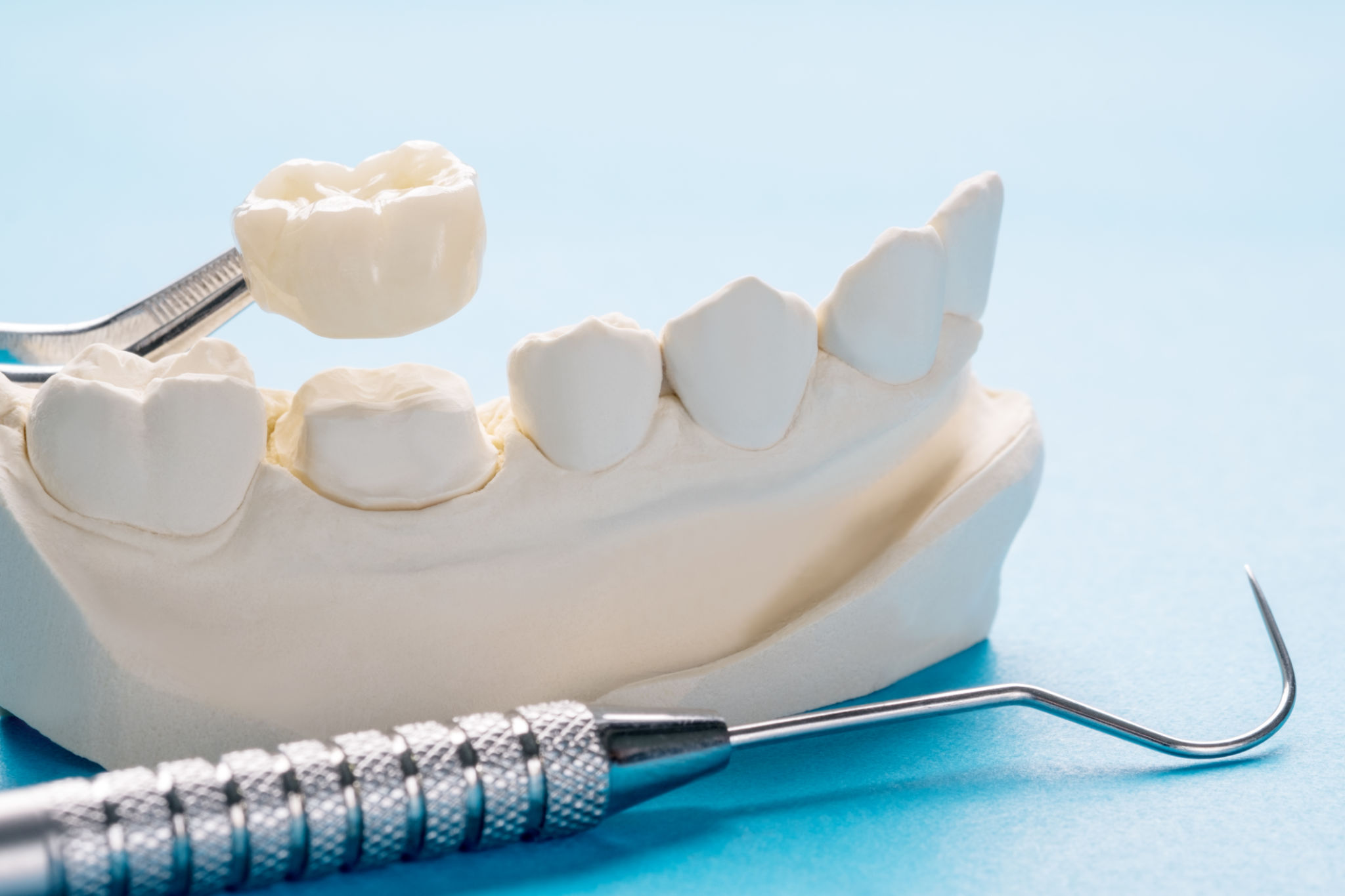Innovative Trends in Dental Implants: A Look Ahead
The Evolution of Dental Implants
Dental implants have revolutionized the field of dentistry, offering a long-lasting solution for those who have lost teeth. As technology advances, the methods and materials involved in dental implants are continually improving, making them more accessible and effective than ever before. In this blog post, we delve into some of the most innovative trends in dental implants that are shaping the future of oral healthcare.
One of the most significant advancements is the use of 3D printing technology in creating custom implants. This technology allows for precise customization, ensuring that each implant perfectly fits the patient's unique dental structure. Not only does this improve comfort and functionality, but it also accelerates the process of getting implants.

Biocompatible Materials
The materials used in dental implants have also seen significant innovation. Traditionally, titanium has been the go-to material due to its strength and biocompatibility. However, new materials such as zirconia are gaining popularity. Zirconia offers a metal-free option with excellent durability and a more natural appearance, which can be particularly important for patients concerned about aesthetics.
Moreover, researchers are exploring materials that promote osseointegration, where the implant fuses with the jawbone. Such materials can enhance the stability and longevity of implants, providing a more permanent solution for patients. This development is crucial in reducing the risk of implant failure and ensuring better outcomes.

Advancements in Implant Procedures
The procedures involved in placing dental implants are becoming less invasive and more efficient. One of the most promising trends is the use of minimally invasive techniques, which reduce recovery time and postoperative discomfort. Techniques such as guided implant surgery utilize digital imaging to plan and execute precise implant placement, minimizing tissue damage.
Additionally, innovations like immediate loading allow for the placement of a crown immediately after implant surgery. This approach significantly reduces treatment time and helps patients regain functionality faster, making it an attractive option for many.

Integration with Digital Tools
The integration of digital tools in dental implantology is another exciting trend. Technologies such as CAD/CAM (Computer-Aided Design/Computer-Aided Manufacturing) have become standard in creating accurate models for implant placement. These tools ensure high precision and enhance the overall success rate of dental implants.
Furthermore, artificial intelligence (AI) is beginning to play a role in predictive diagnostics and treatment planning. AI can analyze vast amounts of data to offer insights into potential complications and suggest optimal solutions tailored to individual patients.

The Future of Dental Implants
Looking ahead, the future of dental implants promises even more exciting developments. Researchers are exploring the potential of regenerative medicine to grow new bone around implants, which could revolutionize how we approach oral health restoration. Additionally, smart implants equipped with sensors may soon monitor oral health in real-time, providing data to both patients and dentists for proactive care.
As these technologies continue to evolve, they will undoubtedly enhance the quality of life for individuals requiring dental implants. The combination of cutting-edge materials, advanced procedures, and digital integration ensures that dental implants remain at the forefront of dental innovation.